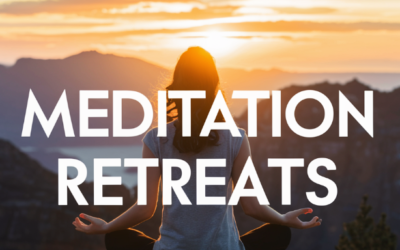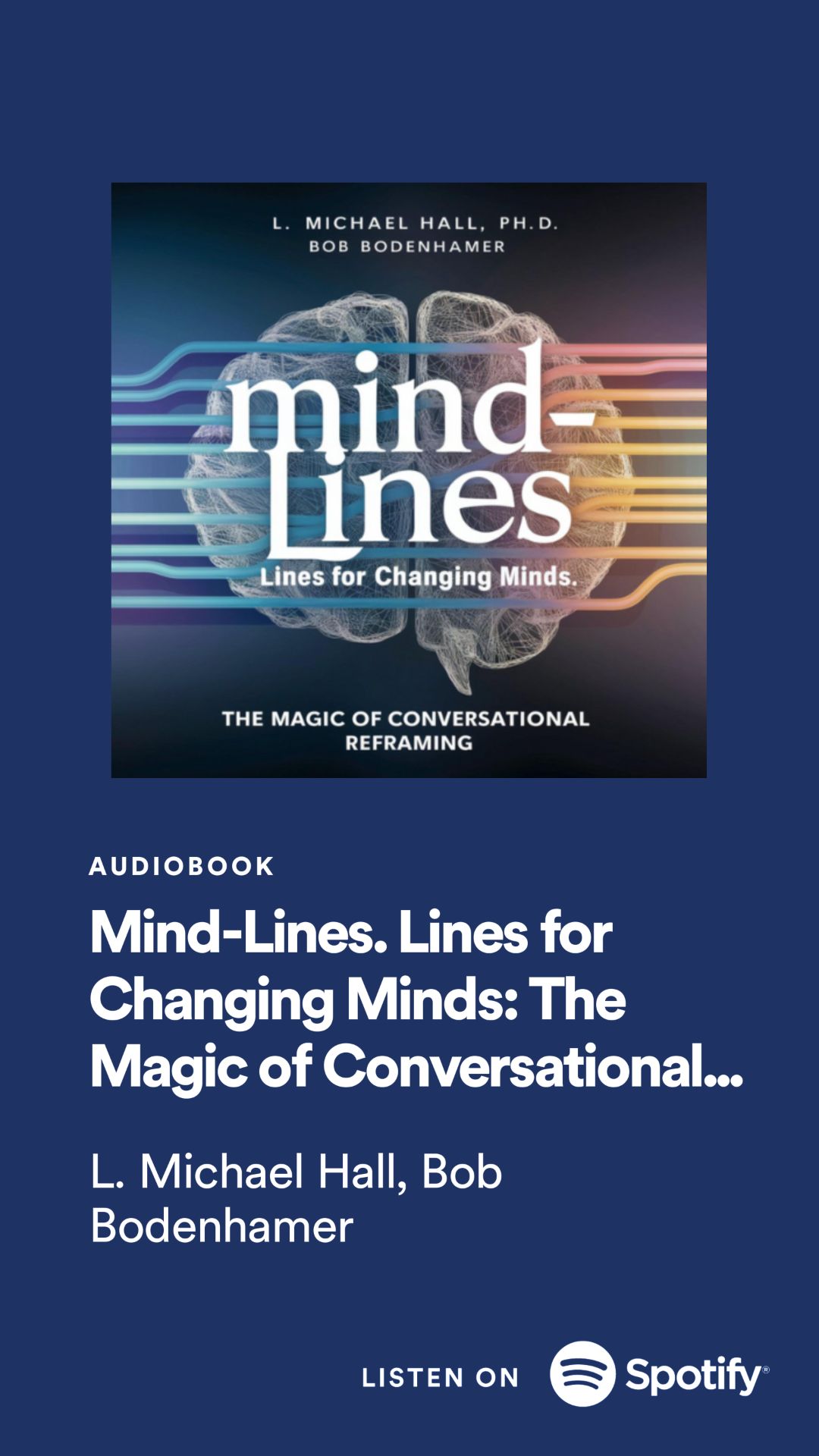Beginner's Guide to Meditation: Exploring 11 Powerful Techniques for Inner Peace
In our fast-paced world, finding moments of inner peace and tranquility has never been more crucial. Meditation offers a path to achieving just that. If you're new to meditation and wondering where to start, you're in the right place. In this comprehensive guide, we'll introduce you to 11 powerful meditation techniques that are perfect for beginners. Each method has its unique approach and benefits, so you can choose the one that resonates most with you. Let's embark on this journey toward greater mindfulness and inner calm.
Mindfulness Meditation
Mindfulness meditation is an excellent starting point for beginners. It involves paying non-judgmental attention to the present moment. To begin, find a quiet space, sit comfortably, and focus on your breath. When thoughts arise, gently bring your attention back to your breath. Start with just a few minutes and gradually extend your practice.
Transcendental Meditation (TM)
TM uses a specific mantra to quiet the mind. Begin by finding a comfortable seated position.
Vipassana Meditation
Vipassana meditation encourages intense self-observation and insight into your thoughts and sensations. Find a quiet space, sit in a comfortable posture, and focus on your breath. Observe your thoughts and sensations without judgment. Through regular practice, you'll develop a deeper understanding of your mind.
Loving-Kindness Meditation (Metta)
Loving-kindness meditation helps you cultivate feelings of love and compassion. Begin by sitting comfortably and silently repeating phrases like "May I be happy, may I be healthy, may I live with ease." Gradually extend these wishes to loved ones, acquaintances, and even those you may have conflicts with. This practice fosters empathy and goodwill.
Zen Meditation (Zazen)
Zen meditation, or Zazen, involves seated meditation with a specific posture. Find a quiet, uncluttered space, sit in a relaxed yet alert position, and focus on your breath. Allow thoughts to come and go without attachment. This practice enhances mindfulness and awareness.
Yoga Nidra
Yoga Nidra, often called "yogic sleep," guides you through a systematic body scan and deep relaxation. Lie down comfortably and follow a recorded voice as it leads you through various stages of relaxation. Yoga Nidra induces a state of conscious relaxation and heightened awareness.
Chakra Meditation
Chakra meditation focuses on aligning and balancing the body's energy centers, known as chakras. Sit comfortably and visualize each chakra as you move from the base of your spine to the crown of your head. This practice can help align and harmonize your body's energy flow.
Mantra Meditation
Mantra meditation involves the repetition of a specific word or phrase. Choose a mantra that resonates with you and sit comfortably. Close your eyes and repeat the mantra silently or aloud. This practice helps achieve a calm and focused mind.
Body Scan Meditation
Body scan meditation is a form of progressive relaxation. Find a quiet space, lie down, and focus your attention on each part of your body, starting from your toes and moving upward. Release tension and promote relaxation as you scan your body.
Guided Meditation
Guided meditation is led by an instructor or through a recorded session. It provides specific instructions and visualization techniques to help you focus and relax. This practice is excellent for beginners seeking structured guidance.
Sound Bath Meditation
Sound bath meditation immerses you in soothing sounds or vibrations, often using instruments like singing bowls or gongs. Listen to the sounds and let them wash over you, inducing deep relaxation and stress reduction.
Now that you're familiar with these 11 meditation techniques, you can explore each one to find the approach that resonates most with you. Remember, meditation is a journey, and consistency is key. Start with shorter sessions and gradually extend your practice as you become more comfortable. Whether you choose mindfulness, loving-kindness, or any other technique, the path to inner peace and mindfulness begins with your commitment to practice regularly.
| Meditation Type | Key Characteristics | Main Objective |
|---|---|---|
| Mindfulness Meditation | Focus on the present moment | Increase self-awareness, reduce stress |
| Transcendental Meditation | Use of a specific mantra | Deep relaxation, transcending ordinary thought |
| Vipassana Meditation | Intense self-observation and insight | Develop insight into impermanence of all things |
| Loving-Kindness Meditation | Cultivate love and compassion | Foster feelings of love and goodwill |
| Zen Meditation (Zazen) | Seated meditation with proper posture | Enhance mindfulness and awareness |
| Yoga Nidra | Guided relaxation and visualization | Induce conscious relaxation and heightened awareness |
| Chakra Meditation | Balancing energy centers (chakras) | Align and harmonize body's energy flow |
| Mantra Meditation | Repetition of a specific word or phrase | Achieve a calm and focused mind |
| Body Scan Meditation | Progressive relaxation through body scan | Release tension and promote relaxation |
| Guided Meditation | Meditation led by an instructor or recording | Focus on a specific intention or visualization |
| Sound Bath Meditation | Immersion in soothing sounds or vibrations | Deep relaxation and stress reduction |
























